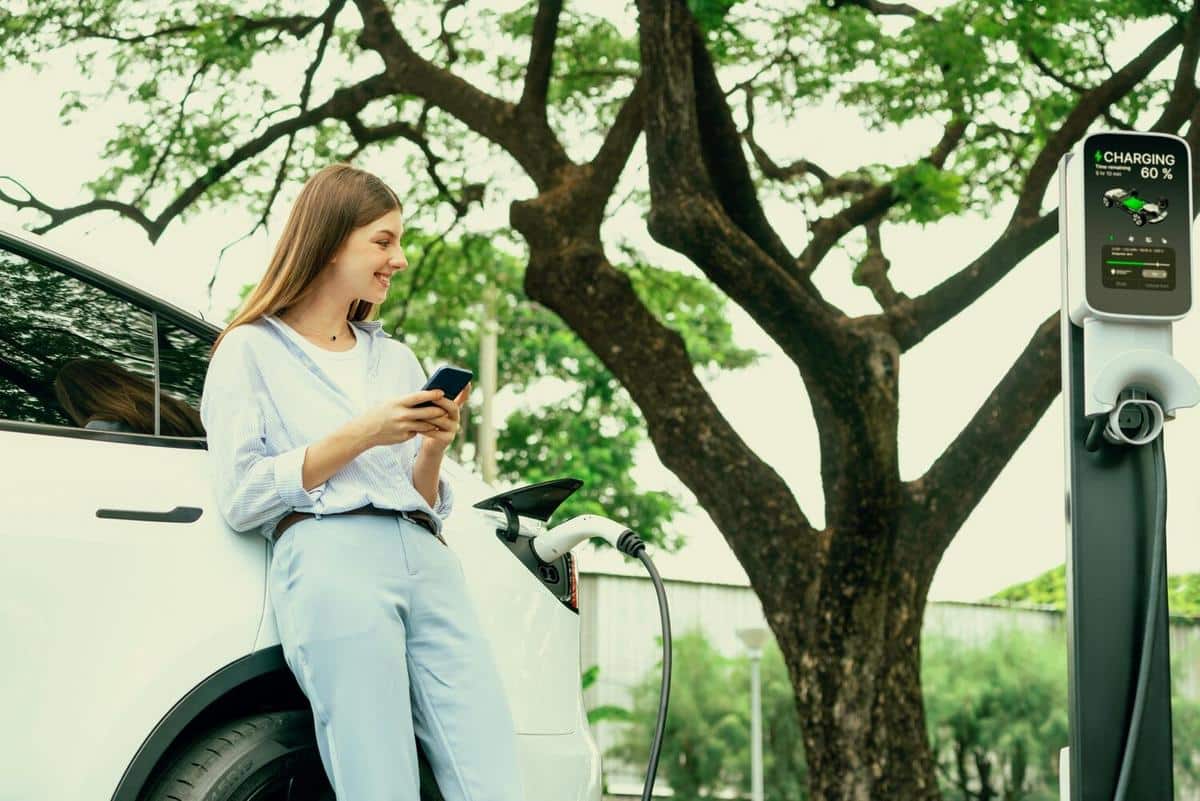
The Role of Renewable Energy in Powering EVs
The rise of electric vehicles (EVs) presents a transformative shift in the automotive industry, propelling us towards a more sustainable future. However, the true environmental impact of EVs depends significantly on how the electricity powering them is generated. This brings renewable energy to the forefront, playing a pivotal role in ensuring that EVs remain an eco-friendly alternative.
The marriage of renewable energy and electric vehicles is not just a trend; it’s a fundamental shift towards a sustainable future. As governments and organizations globally push for cleaner energy solutions, renewable energy sources such as wind, solar, and hydroelectric power become essential in reducing the carbon footprint of EVs.
The Need for Renewable Energy in EV Charging
While EVs themselves do not emit emissions, the electricity used to charge them can vary greatly in its environmental impact. According to the International Energy Agency, the carbon intensity of electricity used in EVs can be reduced by more than 50% when sourced from renewables.
Expert Insights
Dr. Emily Thompson, a leading renewable energy analyst, notes, “Integrating renewable energy into EV charging infrastructure is crucial for maximizing environmental benefits. It’s not just about switching to electric cars but ensuring the energy they consume is clean.”
Statistics Highlighting the Shift
Recent studies indicate that by 2030, renewable energy could supply up to 65% of the electricity needed for EVs globally. Countries like Norway and Iceland already achieve a high percentage of their electricity from renewables, setting benchmarks for others to follow.
Real-Life Examples
Consider the case of Mark, an EV owner in California, who installed solar panels on his home. “Charging my car with solar energy not only reduces my carbon footprint but also saves me money on electricity bills,” he shares.
How You Can Contribute
- Consider installing renewable energy solutions like solar panels at home.
- Support local policies that advocate for renewable energy incentives.
- Opt for public EV charging stations powered by renewables.
Comparing Renewable Energy Sources for EVs
| Source | Pros | Cons |
|---|---|---|
| Solar | Abundant, low maintenance | Weather dependent |
| Wind | Efficient in windy areas | Variable output |
| Hydroelectric | Reliable and consistent | Environmental impact on aquatic life |
| Geothermal | Stable power supply | Limited to specific areas |
| Biomass | Reduces waste | Emissions from combustion |
| Wave | Predictable energy | Technology still developing |
| Tidal | High energy density | High initial costs |
| Offshore Wind | Less land usage | Expensive infrastructure |
FAQs
How does renewable energy benefit EV owners?
Renewable energy sources reduce the overall carbon footprint of EVs, making them a more sustainable choice. Additionally, they can lead to cost savings over time.
What are the challenges of using renewables for EV charging?
Challenges include the variability of some renewable sources and the need for significant initial investments in infrastructure.
Can renewable energy completely power all EVs in the future?
While it’s ambitious, increasing renewable energy capacity and technological advancements could enable a future where EVs are predominantly powered by clean energy.
Conclusion: Driving Forward with Renewables
Integrating renewable energy into the EV ecosystem is not just beneficial but necessary for a truly sustainable future. By making conscious choices, both at the individual and community levels, we can accelerate the shift towards cleaner energy. Embracing renewable energy for EVs not only supports environmental goals but also paves the way for a more sustainable and resilient energy infrastructure. As the world continues to innovate, the collaboration between EV technology and renewable energy will undoubtedly define the future of transportation.


